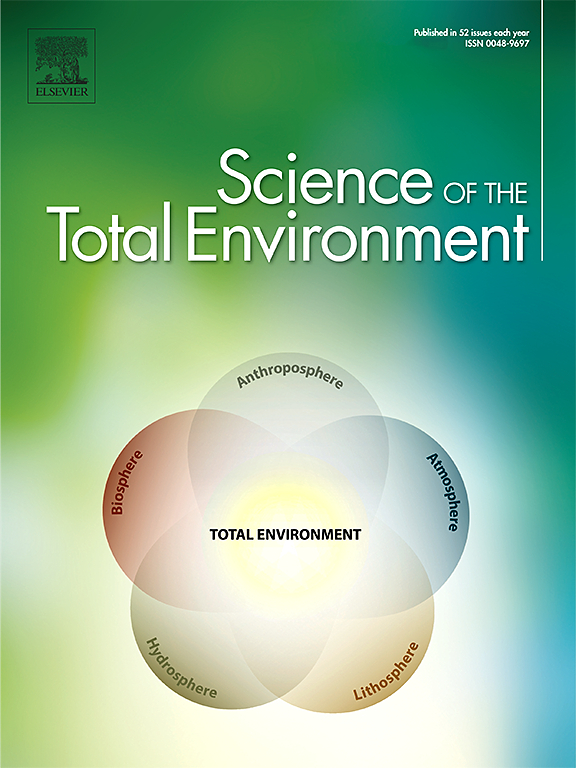The utility of silicone wristbands in characterizing exposure to parabens found in commercial lotions
IF 8.2
1区 环境科学与生态学
Q1 ENVIRONMENTAL SCIENCES
引用次数: 0
Abstract
Silicone wristbands are increasingly used as a wearable exposure tool to assess inhalation and dermal exposure to semi-volatile organic chemicals present in indoor environments. However, little research has investigated their utility in detecting exposures specifically related to personal care product (PCP) use. Here, we assessed exposure to methyl-, ethyl-, and propylparabens after applying a lotion containing a known amount of each chemical. A convenience sample of 20 adults wore a wristband and collected all urine excreted for three days over two consecutive weeks, keeping their PCP use consistent. During one of these periods, participants were provided with a lotion containing a known amount of parabens and asked to apply it daily (4.57 g applied over three days, with one pump of lotion each day). Urine and wristband samples were extracted and analyzed for parabens via LC-MS/MS. Parabens present in the lotion were detected in 100 % of wristbands across both study periods, while urinary detection of these paraben ranged from 87 to 100 % across periods. Parabens were measured at higher levels in urine and wristbands collected during the lotion application phase. For every 10 % increase in wristband paraben concentrations, the total paraben mass excreted in urine increased an average of 4 % for methylparaben (95 % CI = 3–5 %, p < 0.0001), 4 % for ethylparaben (95 % CI = 3–5 %, p < 0.0001), and 6 % for propylparaben (95 % CI = 4–7 %, p < 0.0001). This study shows that wristband concentrations reflect differences in use of a PCP containing parabens. Differences in wristband concentrations between study periods were greater than differences in urinary biomarkers of exposure, possibly because wristbands represent total potential exposure from dermal and inhalation routes. As this investigation only required a difference of one pump of lotion applied daily, the sensitivity of wristbands to capture differences in PCP use is promising.

求助全文
约1分钟内获得全文
求助全文
来源期刊

Science of the Total Environment
环境科学-环境科学
CiteScore
17.60
自引率
10.20%
发文量
8726
审稿时长
2.4 months
期刊介绍:
The Science of the Total Environment is an international journal dedicated to scientific research on the environment and its interaction with humanity. It covers a wide range of disciplines and seeks to publish innovative, hypothesis-driven, and impactful research that explores the entire environment, including the atmosphere, lithosphere, hydrosphere, biosphere, and anthroposphere.
The journal's updated Aims & Scope emphasizes the importance of interdisciplinary environmental research with broad impact. Priority is given to studies that advance fundamental understanding and explore the interconnectedness of multiple environmental spheres. Field studies are preferred, while laboratory experiments must demonstrate significant methodological advancements or mechanistic insights with direct relevance to the environment.
 求助内容:
求助内容: 应助结果提醒方式:
应助结果提醒方式:


